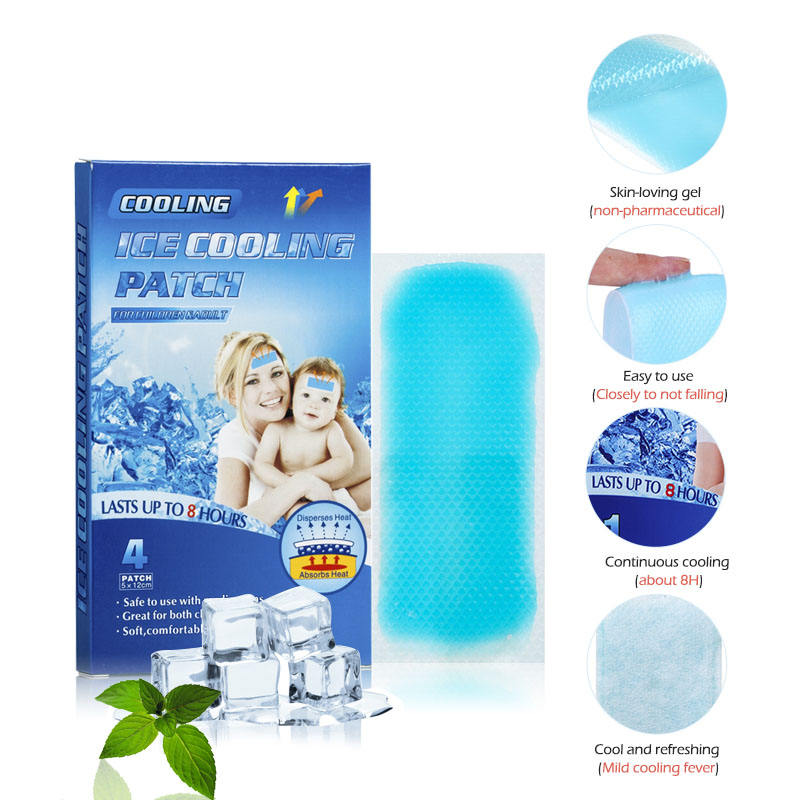Author:Kangdi 22-12-2023
Cooling Gel Patches are widely used for their ability to provide quick and effective relief from pain and inflammation. However, like any other medical product, their safety and potential adverse effects are important to consider. In this article, we will assess the safety of Cooling Gel Patches and explore possible adverse effects.
01. Safety Assessment
The safety of Cooling Gel Patches is typically evaluated based on their ingredients, manufacturing process, and clinical trials. Manufacturers of these products are required to follow strict regulations and testing standards to ensure the safety of their products.
Ingredients in Cooling Gel Patches are typically chosen for their safety and effectiveness. Natural plant extracts or synthetic compounds that have anti-inflammatory, analgesic, or muscle relaxing properties are commonly used. These ingredients are chosen based on their safety profiles and established use in medical products.
Manufacturing processes are also crucial for product safety. High-quality manufacturing facilities ensure that the products are produced under hygienic conditions and withstand proper sterilization. This reduces the risk ofcontamination and ensures that the product is free from harmful microorganisms.
Clinical trials are another important aspect of safety assessment. These trials evaluate the safety and efficacy of the product in a controlled environment with a large number of participants. The results of these trials provide valuable insights into the safety profile of Cooling Gel Patches.
02. Potential Adverse Effects
Although Cooling Gel Patches are generally safe, there are some potential adverse effects that users should be aware of. The most common adverse effect is skin irritation, which may occur in sensitive individuals. This irritation may manifest as redness, itching, or a burning sensation on the area covered by the patch.
Other potential adverse effects include skin allergies or hypersensitivity reactions. These reactions may occur in individuals with pre-existing skin conditions or who are allergic to certain ingredients in the patch. Signs of a skin allergy may include hives, rash, or anaphylaxis-like symptoms.
In rare cases, Cooling Gel Patches may cause systemic reactions such as dizziness, shortness of breath, or chest pains. These reactions are usually rare but can occur in individuals with underlying health conditions or who are sensitive to certain ingredients.
It is important to note that the occurrence of these adverse effects is low, and most users experience no problems with Cooling Gel Patches. However, it is always a good idea to be aware of potential risks and to discontinue use if any adverse effects occur.
In conclusion, Cooling Gel Patches are generally safe and effective for providing relief from pain and inflammation. However, it is important to be aware of potential adverse effects and to use the product as directed. If you experience any concerns or adverse effects, consult a healthcare professional promptly for advice and guidance.
 0086 19937104978
0086 19937104978





